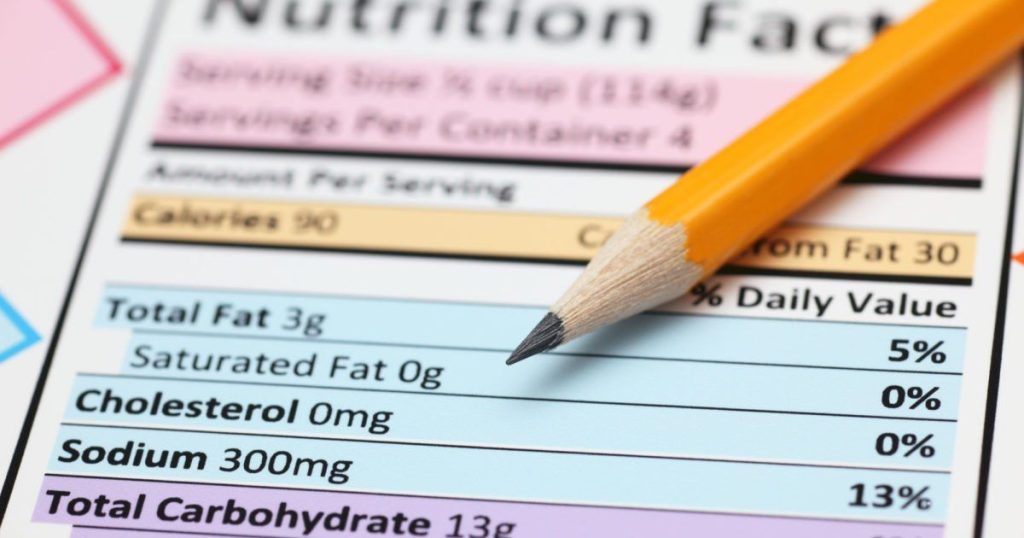
Whether you’re trying to lose weight, maintain a healthy diet, or just want to make more informed food choices, understanding how to read nutrition labels is essential. With so many different products on the market, it can be overwhelming to decipher the information provided on packaging. But fear not, with a little know-how, you can navigate nutrition labels like a pro.
Understanding Serving Size
The first step in reading a nutrition label is to check the serving size. This is important because all of the information on the label is based on this particular amount of food. Many people make the mistake of assuming the entire package is a single serving when in reality, it may contain multiple servings.
Pay attention to the serving size and the number of servings per container so you can accurately calculate the nutritional content you are consuming.
Calories and Macronutrients
Next, take a look at the number of calories per serving. This is a good starting point to gauge how nutritious the food is. Keep in mind that the daily caloric intake for an average adult is around 2,000-2,500 calories, so you can use this as a reference point.
After calories, focus on the macronutrients: carbohydrates, fats, and proteins. These are the three main components of food that provide energy to our bodies. It’s important to be mindful of the type and amount of each macronutrient you are consuming.
Carbohydrates
Carbohydrates are our main source of energy and are found in foods like bread, pasta, rice, and fruits. Look for foods that are high in fiber and low in added sugars to promote overall health.
Fats
Fats are essential for our bodies to function properly, but not all fats are created equal. Focus on consuming healthy fats like those found in nuts, seeds, avocados, and olive oil. Avoid trans fats and limit saturated fats to promote heart health.
Proteins
Proteins are important for building and repairing tissues in our bodies. Look for lean sources of protein like chicken, fish, tofu, and legumes. Be mindful of the protein content in plant-based products as they may vary.
Check the Ingredients List
One of the best ways to make informed food choices is to read the ingredients list. Ingredients are listed in order of quantity, so the first few items on the list make up the majority of the product. Look for whole, natural ingredients and avoid foods that contain artificial additives, preservatives, and excessive amounts of sugar and salt.
If you can’t pronounce an ingredient or don’t recognize it, it’s probably best to steer clear. Opt for foods with simple, clean ingredient lists to ensure you are fueling your body with the best nutrients possible.
Pay Attention to Percent Daily Value
The percent daily value (%DV) on nutrition labels is based on a 2,000 calorie diet and provides a general guideline for how much of a specific nutrient is in one serving of food. Use %DV to help you make better choices when comparing products or to track your nutrient intake throughout the day.
Keep in mind that %DV is based on a general recommendation and may vary depending on your individual dietary needs. Always consult with a healthcare provider or nutritionist for personalized advice.
Conclusion
Reading nutrition labels like a pro doesn’t have to be complicated. By understanding serving sizes, checking calories and macronutrients, reviewing ingredients, and paying attention to %DV, you can make informed food choices that support your health and well-being.
Remember, food is fuel for your body, so choose wisely and nourish yourself with the best nutrients possible. With practice and consistency, you’ll be on your way to mastering the art of reading nutrition labels like a pro.

